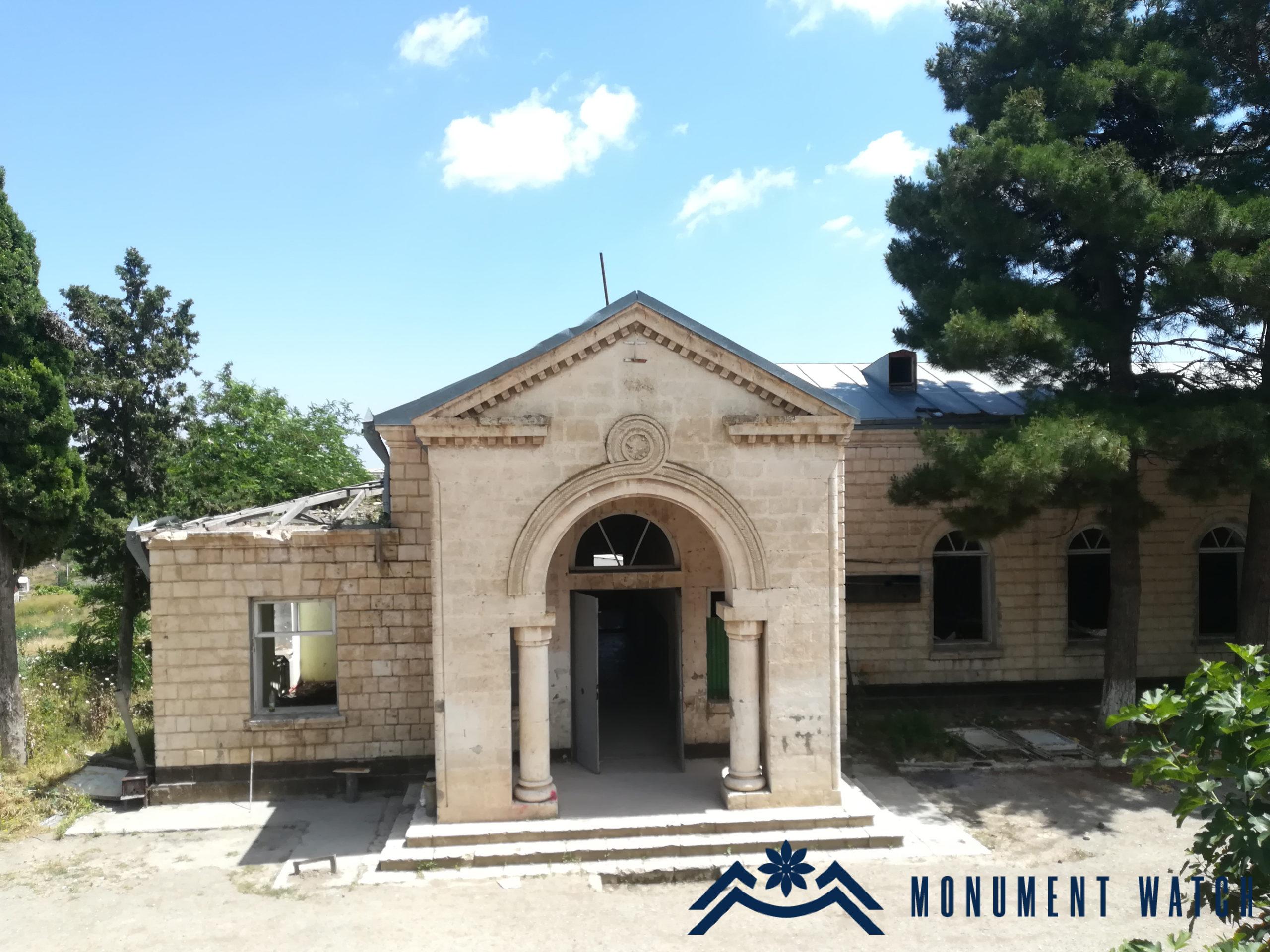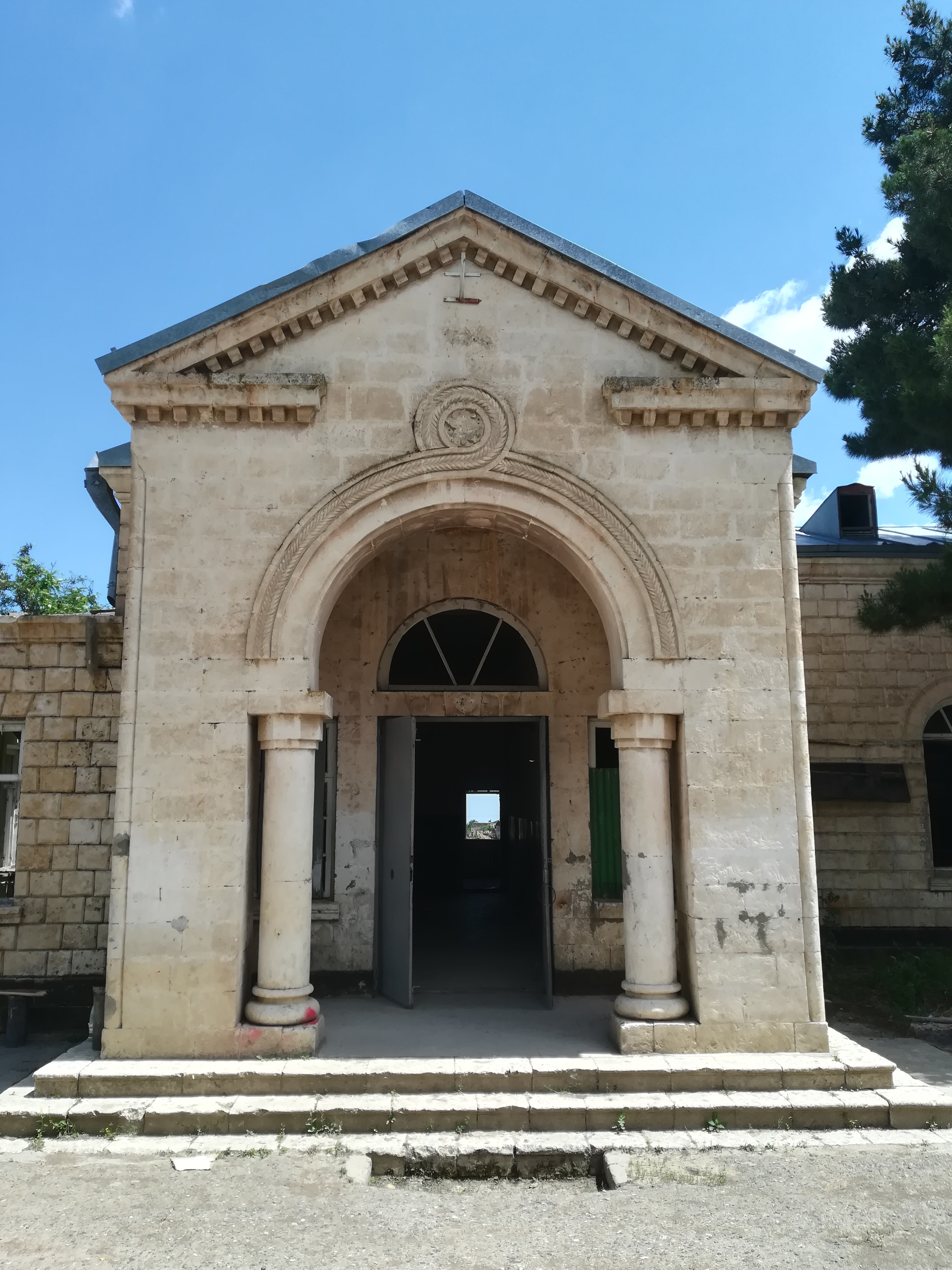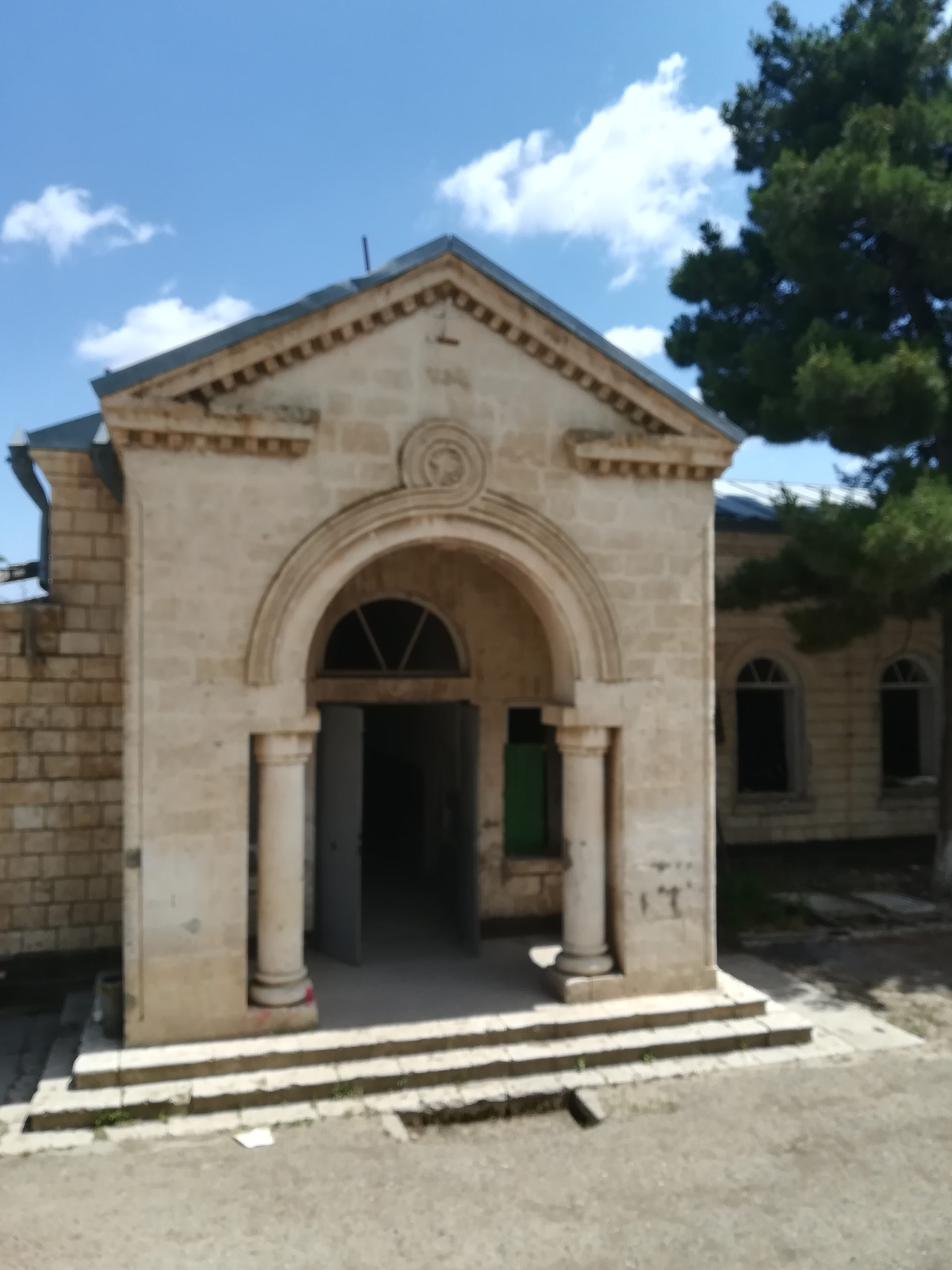About Azerbaijani “specialists” and clergymen who consider the House of Culture in the village of Talish, built in 1957-1959, to be a Russian church and a victim of the “Armenian vandalism”
On January 15, 2023, the Azerbaijani CBC TV channel broadcast a documentary film "Destroyed temples of Karabakh: exposing Armenian vandalism" in Russian which is obvious propaganda https://www.youtube.com/watch?v=pbgRzebfJwA . The author and presenter of the film is the deputy head of the Russian community in Azerbaijan, journalist Anastasia Lavrova. Back in 2021, she produced another propaganda documentary film in Russian, the focus of which was the Russian church in Gevorgavan village (About the Russian Church of Gevorgavan).
The propaganda thesis of the latest film is that the Armenian side destroyed not only the Islamic cultural heritage, but also the heritage of the Russian Orthodox and the Albanian Churches. According to the authors of the film, this was done through Armenization of these churches, adapting them to the Armenian Church rite, and in case all this was impossible, Armenians abandoned the buildings or used those for military and other purposes. This time, the object of propaganda was the building of the cultural center in the occupied village of Talish, built in the late 50s of the last century.
The authors of the film, the Azerbaijani "experts", call that building a "Russian Orthodox Church". Presenting herself as a historian, Makhabat Pashayeva comes up with an invented story according to which the “Russian Church of Talish” was built after those territories were annexed to the Russian Empire, when Russian military units and the Russian population settled in Talish and its environs, and religious buildings became a necessity. And all this was presented, as always, without any facts, records or archival documents. Of course, they didn’t mention the exact time the “church” was built, how it was called, what Russian military unit or Russian population was in the village of Talish and its environs. All this was not mentioned because there are no facts to document or support their statements.
Even more surprising is the statement of Father Alexy, secretary of the Baku and Azerbaijan diocese, the official Russian Orthodox Church, that about forty Russian Orthodox and more than 500 Albanian churches functioned in the lands of Karabakh. Returning to the mentioned building of Talish village, it should be noted that, according to the residents of Talish deported after the war of 2020, it was built in 1957-1959 as a rural House of Culture and a club. It functioned as cinema, and was used for sports, cultural and various craft circles. The library was also located here.
The external view of the building, the layout of the walls, and the method of stone processing and, in general, the architectural style is clearly inherent in the Soviet period. The most remarkable part of the building is the portal, columns, arch, indented cornice of which and a bas-relief in the form of an ornamented belt with a circle in the center of the composition clearly indicate the architectural monumental style that was formed in the 50s of the 20th century. The parallels can also be seen on the springs - monuments of the same period and memorials erected in memory of the victims of the World War II. The author of the idea of the portal design is Rubik Aghajanyan. Speaking about the sculptural image on the pediment above the entrance, Slava Bayunts mentioned that the sculptor was not from this village and his name was Torgom. It is noteworthy that the damaged bas-relief of a five-pointed star is still visible in the center of the decoration.
The interior of the club, as evidenced by Temik Khalapyan from Talish, who participated in the construction of the building as a child, was made by master builders invited from Yerevan. The images of bunches of grapes on the walls of the cinema deserved special attention. Slava Bayunts from Talish says that the master builder of the House of Culture was Melik Zakaryan, who worked there with his construction team. The House of Culture of the village was built at the expense of the Talish people, who themselves participated in all stages of its construction. Representatives of the older generation perfectly remember the details of the construction of the building from the very beginning, including who participated, and what events were held in the Talish House of Culture https://www.facebook.com/groups/TalishArcax/?ref=share.
The House of Culture of Talish was damaged during the First Artsakh War, when the village was temporarily occupied by Azerbaijani troops. The building was also damaged as a result of intensive shelling of the village by Azerbaijani troops during the April war of 2016 and the 44-day war of 2020. This is how “specialists” and “experts” present the Soviet House of Culture, destroyed by the Azerbaijani military themselves, as a Russian church that became a victim of the “Armenian vandalism”.
Our response
The Azerbaijani policy of ethnocide in relation to the heritage of Artsakh is not limited only to the destruction and elimination of this heritage. Azerbaijan is transforming, renaming, endowing the Armenian cultural heritage with fictitious functions, involving in this campaign "experts" who have nothing to do with academic ethics, religious and public figures that carry out political orders. Meanwhile, Article 8 of the Declaration on the Rights of Indigenous Peoples, adopted by the UN on September 13, 2007, prohibits actions aimed at assimilation and cultural destruction, any attempt to deprive people of their cultural values or ethnic identity, any manifestation of ethnic discrimination (The United Nations Declaration on the Rights of Indigenous Peoples (UNDRIP), 2007, art. 8.).
Article 4 of the 1954 Convention for the Protection of Cultural Property in the Event of Armed Conflict and Article 9(c) of the Second Protocol of 1999 prohibit any transformation or alteration of the use of cultural property aimed at concealing or destroying cultural, historical or scientific evidence. But in fact, international documents, prohibitions and obligations are not able to stop the vandalism and misappropriation carried out by Azerbaijan at the state level.


